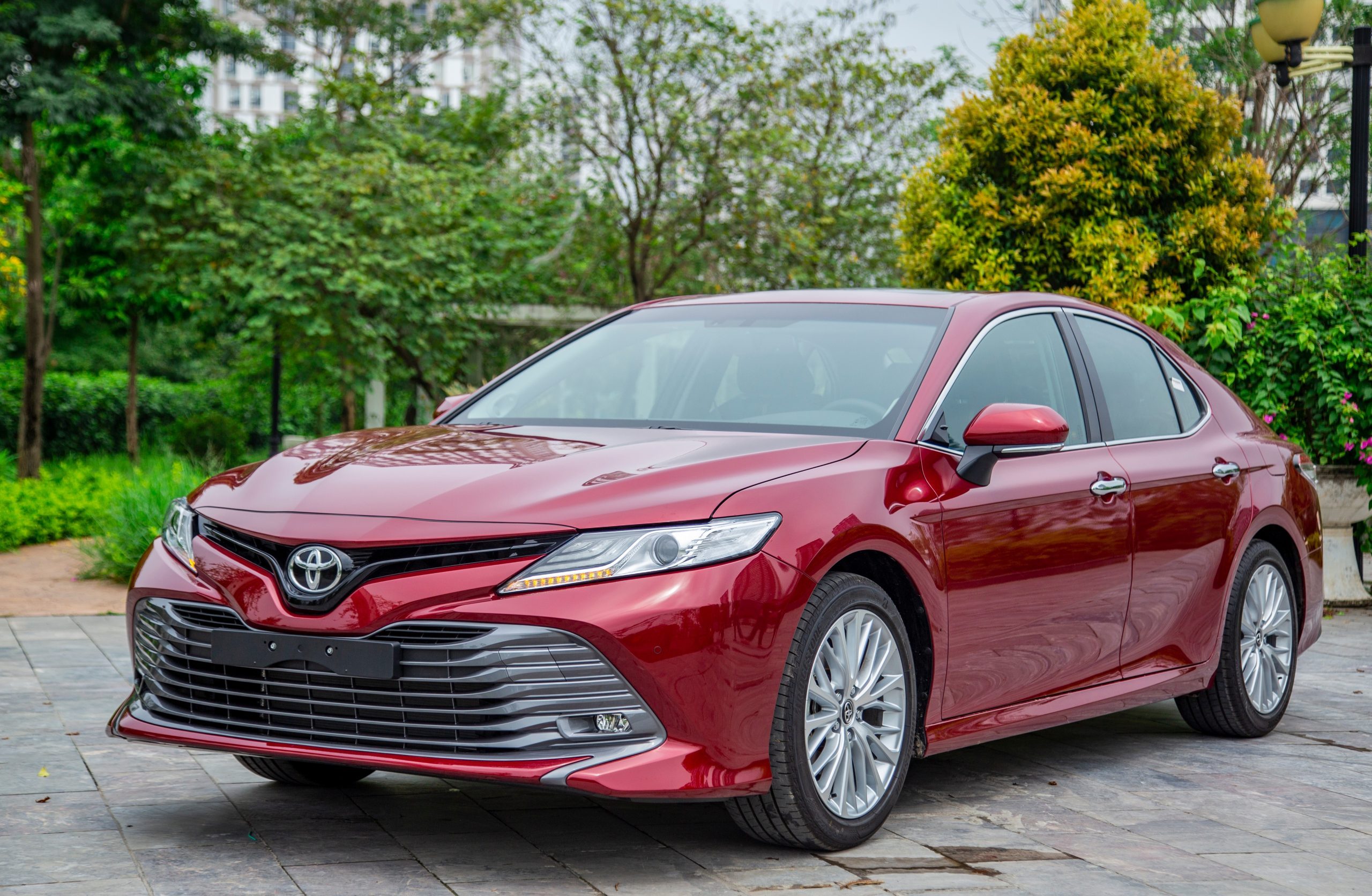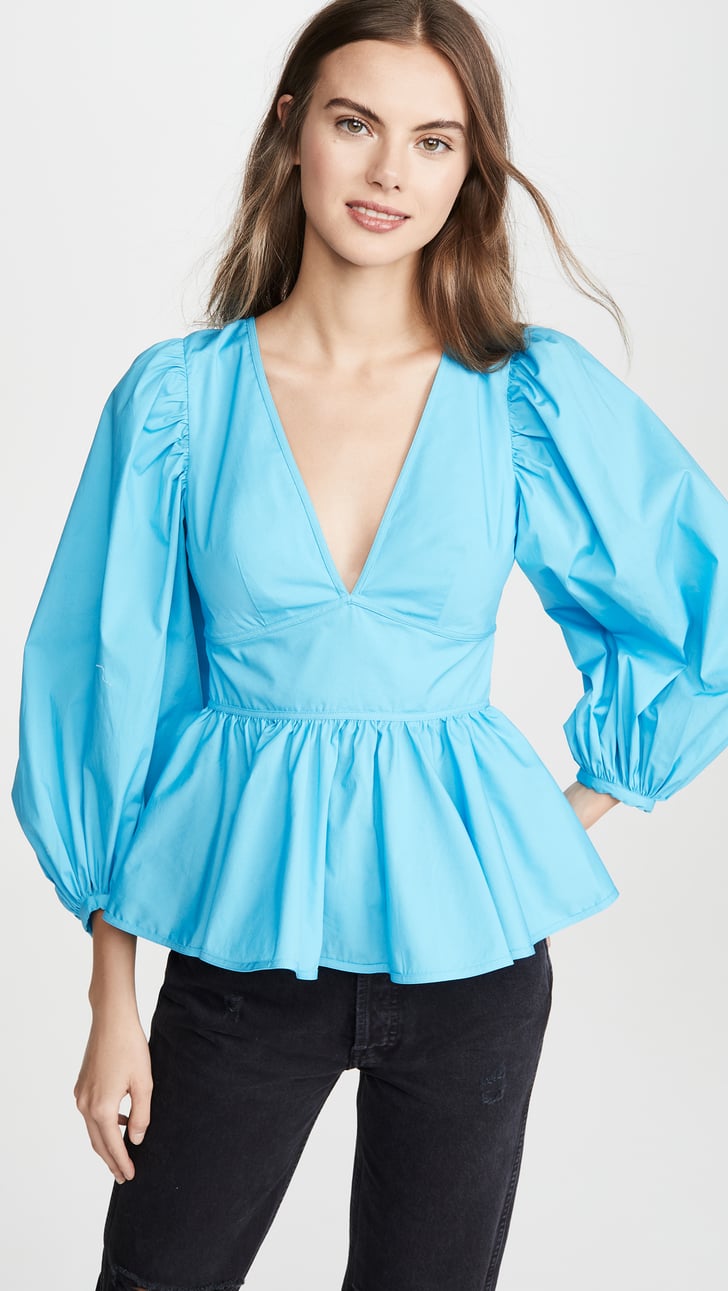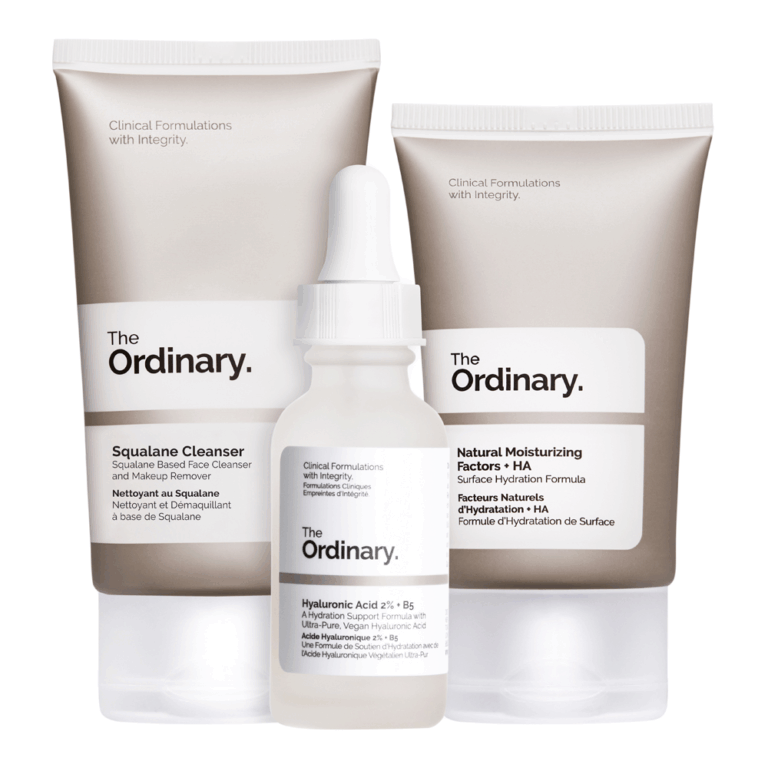Car Seat Brands: A Comprehensive Guide to Protecting Your Precious Cargo
Car Seat Brands: A Comprehensive Guide to Protecting Your Precious Cargo cars.truckstrend.com
Bringing a new life into the world, or watching your little one grow, is an unparalleled joy. Amidst the excitement, one of the most critical decisions parents face is choosing the right car seat. More than just a convenience, a car seat is a life-saving device, meticulously engineered to protect children in the event of a collision. With a dizzying array of options on the market, understanding the landscape of Car Seat Brands is paramount. This comprehensive guide will delve into the world of car seats, helping you navigate the choices, understand the features, and ultimately make an informed decision for your child’s safety.
The Foundation of Safety: Understanding Car Seat Brands
Car Seat Brands: A Comprehensive Guide to Protecting Your Precious Cargo
At its core, a car seat brand represents a company’s commitment to child passenger safety, design innovation, and manufacturing quality. Each brand brings its unique philosophy, ranging from budget-friendly options that meet minimum safety standards to premium models boasting cutting-edge technology and luxurious materials. Choosing a brand isn’t just about a logo; it’s about trusting a company with your child’s well-being. The importance of selecting a reputable brand cannot be overstated, as their products undergo rigorous testing and adhere to stringent safety regulations set by bodies like the National Highway Traffic Safety Administration (NHTSA) in the United States.
Navigating the Landscape: Types of Car Seats and Their Brands
Car seats are categorized primarily by a child’s age, weight, and height, dictating when and how they should be used. Different brands often specialize or excel in particular categories.
1. Infant Car Seats (Rear-Facing Only)
Designed for newborns and infants, these seats are used exclusively in the rear-facing position, offering optimal head and neck support. They typically come with a base that stays in the car, allowing the carrier to be easily clicked in and out.
- Key Brands: Chicco (KeyFit 30, Fit2), Graco (SnugRide series), Nuna (PIPA series), Maxi-Cosi (Mico series), Cybex (Cloud Q).

2. Convertible Car Seats (Rear-Facing and Forward-Facing)
These versatile seats can be used rear-facing for infants and toddlers, and then converted to forward-facing as the child grows. This allows for longer rear-facing use, which is recommended by safety experts.
- Key Brands: Graco (Extend2Fit, 4Ever), Chicco (NextFit Zip), Britax (Boulevard, Marathon), Clek (Foonf, Fllo), Diono (Radian series), Evenflo (EveryStage).

3. All-in-One Car Seats (Rear-Facing, Forward-Facing, and Booster)
Offering the longest lifespan, these seats transition from rear-facing to forward-facing, and finally to a high-back booster, sometimes even a backless booster. While convenient, they can be larger and may not offer the perfect fit at every stage.
- Key Brands: Graco (4Ever DLX, TriRide), Evenflo (EveryStage DLX), Safety 1st (Grow and Go).

4. Booster Seats (High-Back and Backless)
For older children who have outgrown their forward-facing car seats but are not yet tall enough to safely use a vehicle’s seatbelt alone. Booster seats elevate the child to ensure the lap and shoulder belts fit correctly.
- Key Brands: Graco (Affix, TurboBooster), Britax (Highpoint, Frontier ClickTight), Chicco (KidFit), Peg Perego (Viaggio Flex).
Crucial Considerations When Choosing a Car Seat Brand and Model
Selecting the right car seat involves more than just picking a brand. It requires careful consideration of several factors that impact safety, usability, and longevity.
- Safety Features: Look for advanced safety technologies. Many brands incorporate features like anti-rebound bars (for rear-facing stability), steel-reinforced frames, side-impact protection (energy-absorbing foam and deep side wings), and specialized LATCH systems for easier, more secure installation. Brands like Clek and Britax are often lauded for their robust safety engineering.
- Ease of Installation: A car seat is only safe if it’s installed correctly. Some brands prioritize user-friendly installation, with features like color-coded belt paths, push-button LATCH connectors, and self-tensioning systems. Chicco’s KeyFit 30 is renowned for its easy installation, as are Britax’s ClickTight models.
- Comfort and Fit for Child: Padding, adjustable headrests, recline options, and breathable fabrics contribute to your child’s comfort, especially on longer rides. Ensure the harness system adjusts easily to fit your growing child.
- Ease of Cleaning: Kids are messy! Removable, machine-washable fabrics are a huge plus. Many brands, like Chicco (with their Zip covers) and Graco, offer designs that make cleaning a breeze.
- Durability and Longevity: Consider the quality of materials and the car seat’s expiry date. All car seats have an expiry date (typically 6-10 years from the manufacturing date) due to material degradation and evolving safety standards.
- Budget: Car seat prices vary significantly. While a higher price doesn’t automatically mean "safer," premium brands often offer more advanced features, higher-quality materials, and extended use. There are excellent safe options at every price point.
- Vehicle Compatibility: Not all car seats fit well in all vehicles. It’s crucial to check the car seat’s dimensions and try it in your car if possible before purchasing. Some brands offer slimmer designs (e.g., Diono Radian series) ideal for smaller vehicles or fitting three across.
- Brand Reputation and Customer Service: Research brand recalls, read customer reviews, and assess their customer support. A brand with a strong reputation for safety and responsive customer service provides added peace of mind.
- Certification and Standards: Ensure the car seat meets or exceeds your country’s safety standards (e.g., FMVSS 213 in the US, ECE R44/R129 i-Size in Europe, CMVSS 213 in Canada).
How to Choose the Right Car Seat Brand and Model
- Assess Your Child’s Needs: Start with your child’s age, weight, and height. This immediately narrows down the type of car seat you need.
- Consider Your Vehicle: Measure your car’s back seat. Do you need to fit multiple car seats? Is your car older or newer (affecting LATCH system availability)?
- Set a Budget: Determine your comfortable spending range, but prioritize safety over cost-cutting.
- Research Specific Models: Once you have a type and a few brands in mind, dive into specific model reviews. Look at NHTSA’s ease-of-use ratings and consumer reports.
- Try Before You Buy (If Possible): If a local store allows, try installing the car seat in your vehicle. Also, check how your child fits in the seat.
- Read the Manual: No matter how intuitive a car seat seems, always read the instruction manual thoroughly for proper installation and usage.
Potential Challenges and Solutions
- Installation Difficulty: This is the most common car seat mistake.
- Solution: Read the manual multiple times, watch brand-specific installation videos, and find a certified Child Passenger Safety Technician (CPST) for a free installation check.
- Child Discomfort/Refusal:
- Solution: Ensure the harness is correctly adjusted, the recline is appropriate for their age, and the fabric isn’t irritating. Some children simply need time to adjust.
- Limited Vehicle Space:
- Solution: Explore "slim" or "3-across" friendly car seat models from brands like Diono, Clek, or Combi.
- High Cost:
- Solution: Look for sales, consider older models (that are still new and unexpired), or opt for reliable mid-range brands like Graco or Evenflo. Avoid buying used car seats unless you know their full history (no crashes, unexpired, all parts present).
- Product Recalls:
- Solution: Always register your car seat with the manufacturer upon purchase. This ensures you’re notified directly of any recalls. Regularly check the NHTSA website for recall information.
Representative Car Seat Price Table by Brand & Type
Prices are approximate and can vary significantly based on specific features, retailers, and sales. This table aims to provide a general idea of the price range across popular brands and car seat types.
| Car Seat Type | Typical Price Range (USD) | Example Brands (Lower End) | Example Brands (Mid-Range) | Example Brands (Premium/High-End) | Key Features Often Included |
|---|---|---|---|---|---|
| Infant Car Seats | $100 – $400+ | Safety 1st, Evenflo | Graco, Chicco, Britax | Nuna, UPPAbaby, Cybex | Lightweight carrier, LATCH base, anti-rebound bar, premium fabrics |
| Convertible Seats | $150 – $600+ | Evenflo, Cosco | Graco, Chicco, Britax | Clek, Nuna | Extended rear-facing, steel frame, multiple recline positions, easy adjust harness |
| All-in-One Seats | $200 – $500+ | Safety 1st, Evenflo | Graco, Britax | Diono, Chicco | Long lifespan, multiple stages (RF, FF, Booster), sometimes larger |
| Booster Seats | $40 – $200+ | Graco, Evenflo | Chicco, Britax | Peg Perego, Diono | High-back/backless options, LATCH connection, cup holders, deep side wings |
Note: "Lower End" refers to brands/models that offer excellent value and meet all safety standards. "Premium/High-End" often denotes advanced safety features, luxury materials, and innovative design.
Conclusion
Choosing a car seat brand and model is one of the most significant safety investments you’ll make for your child. It’s a decision that requires research, understanding, and a commitment to proper installation. By familiarizing yourself with the different types of car seats, key considerations, and the reputable brands available, you can confidently select a product that provides optimal protection. Remember, the safest car seat is one that fits your child, fits your vehicle, and is used correctly every single time. Prioritizing safety, comfort, and ease of use will give you the peace of mind knowing your most precious cargo is well-protected on every journey.
Frequently Asked Questions (FAQ)
Q1: How long can my child stay in an infant car seat?
A1: Infant car seats are designed for newborns and small infants. Your child will outgrow it when they reach the maximum weight or height limit specified by the manufacturer (whichever comes first). This typically occurs between 9-12 months for weight or when their head is less than one inch from the top of the car seat shell.
Q2: When should I switch from a rear-facing to a forward-facing car seat?
A2: Safety experts, including the American Academy of Pediatrics (AAP), recommend keeping children rear-facing for as long as possible, ideally until they reach the maximum weight or height limit of their convertible car seat in the rear-facing position. This is usually between 2-4 years old, sometimes even longer, as rear-facing offers superior protection for a child’s head and neck.
Q3: What’s the difference between LATCH and seatbelt installation?
A3: LATCH (Lower Anchors and Tethers for Children) is an alternative to using the vehicle’s seatbelt for installation. It involves attaching connectors from the car seat to dedicated anchors in your vehicle’s back seat. Both LATCH and seatbelt installations are equally safe when done correctly. The best method is the one that allows you to achieve a tight, secure fit.
Q4: How do I know if my car seat is installed correctly?
A4: After installation, perform the "inch test": grasp the car seat at the belt path and try to move it side to side and front to back. It should not move more than one inch in any direction. Additionally, ensure the harness is snug on your child (you shouldn’t be able to pinch any excess webbing at their shoulder) and the chest clip is at armpit level. When in doubt, seek help from a certified Child Passenger Safety Technician (CPST).
Q5: Do car seats expire? Why?
A5: Yes, all car seats have an expiration date, typically 6-10 years from the date of manufacture. This is because plastic components can degrade over time due to temperature fluctuations and sun exposure, potentially compromising their integrity in a crash. Additionally, safety standards and technology evolve, making older seats less effective than newer designs.
Q6: Is a more expensive car seat automatically safer?
A6: Not necessarily. All car seats sold must meet strict federal safety standards. A more expensive car seat may offer additional convenience features, premium fabrics, or advanced installation aids, but it isn’t inherently "safer" than a less expensive model that meets the same safety standards and is installed and used correctly. The key is proper use and installation.
Q7: Where can I find car seat safety ratings and recall information?
A7: In the United States, the National Highway Traffic Safety Administration (NHTSA) website (NHTSA.gov) provides a wealth of information, including car seat ease-of-use ratings, recall alerts, and guides on how to choose and install car seats. It’s an invaluable resource for parents.




